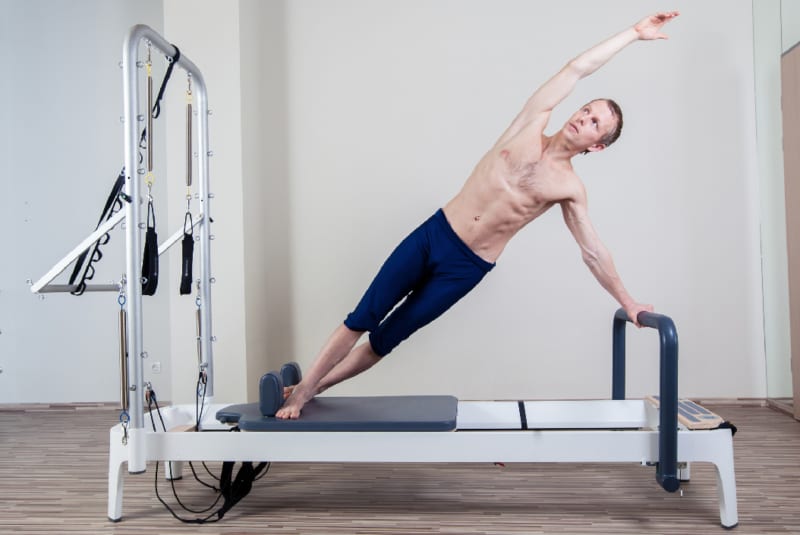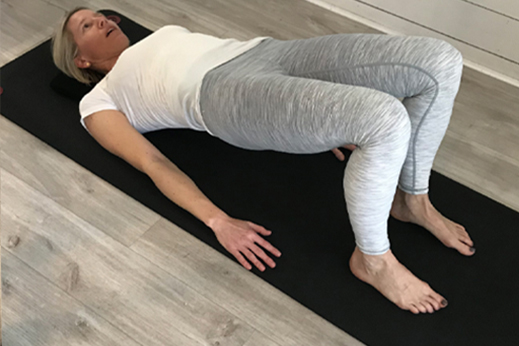While the professionals stroll through the green manicured lawns of the Dunluce course, at Royal Portrush, it would seem to an outsider that golfing is nothing more than a low impact sport, with the only risk being sunburn and the potential ear ache from the wife or indeed husband.
The truth is, golf requires much more athletic ability than many imagine, and even casual golfers will sustain a golfing injury at least once in their life.
Most of the injuries sustained by playing golf are caused by the strain on the body during the swing.
An underlying fault in a swing can cause a multitude of stress related injuries from the wrist to the spine.
Factors that contribute to common stress related golf swing injuries are –
- Incorrect grip and setup
- Over swinging
- Poor swing mechanics
- Failure to warm up before play
- Over use
- Rotational stress
One or more of these factors can lead to one or more of the most common golfing injuries such as –
- Back pain
- Rotator cuff injury
- tendinopathy of the wrists
- Golf/Tennis elbow
- Neck injury
- Hip injuries
A combination of physiotherapy and Pilates can help prevent injury and also goes a long way to improving your swing.
Physiotherapy can help you improve your swing by improving your swing mechanics as well as provide you with effective treatment should you suffer any injuries.
Pilates can help you gain core strength, which in turn helps prevent injury and gives you a more powerful and controlled swing.

A combination of both physio and Pilates can provide an overall benefit to golfers by –
- Optimising power in backswing and follow-through
- Increasing range of motion in shoulders and torso
- Improving flexibility in the hips
- Creating a smoother swing due to evenly conditioned back muscles
- Maximising balance and alignment while rotating
- Decreasing fatigue
If you are keen to improve your swing or have suffered a golfing injury, contact one of our professional physiotherapists. Our pilates team can also offer advice.
Here at Complete Physio we also have the ability to offer ultrasound guided injections for those injuries which need a little more help along the way.
Pilates at home
Here are five simple Pilates home exercises provided by Louise Aylwin at Complete Physio :-
1. BRIDGING
Goal: This exercise improves your glutes strength and helps promote stability. The
glutes area is a power source for a performance swing.
Top tips for performing the bridge exercise:
- Do not bridge up onto your neck. You should only bridge to the point where
your shoulder blades are still on the mat. - Keep your chest soft and hips high when you are up in your bridge. You
should feel your glutes and hamstrings work when you are in this position. - Inhale to widen between scapulae. Exhale and move with your breath! Use a
sign as you move your spine – it will support the movement, aid relaxation
and help to activate the right muscles. - Initiate the spine articulation rolling up until standing between the shoulder
blades. Inhale and length the back of the neck. Exhale, soften the sternum
and roll spine down starting from the shoulder blades. When your lower ribs
have met the floor start to relax your sit ones to return to neutral zone pelvis - Use a band around your thighs (and press into it) if you feel like your legs are
falling inwards. Put a ball between your knees if you feel your legs tend to roll
outwards.
Common fault: Excessive posterior tilt at the beginning and the end of the
movement. Tilting of the pelvis, overuse of shoulder and neck muscles.
Sets/reps 10 x 2 sets

3. THREAD THE NEEDLE
Goal: An inability to rotate the upper torso is detrimental to power generation and
Swing.
Top tips for performing the exercise:
- Come on to all fours
- Exhale in a threading motion, bring one arm through the space you have
created between your hand and thigh. - Allow our other arm to bend so that you can rest your shoulder on the ground
for a deep twist. - Return to all fours and repeat on the other side.
- Allow your top spine to twist.
- Repeat several times on both sides.
Common faults: Using your hips, keep hip over knees. Remember it is the
trunk that is rotating for this exercise.
Sets/reps 5x left side and 5x right side.

3. BOOK OPENINGS
Goal: To improve spine mobility and rotation, to improve shoulder and hip mobility.
Top tips for performing the book opening exercise:
- Exhale as you move! Sign with an open mouth as you open your arms up
towards the ceiling and start to twist your spine – you should feel your chest
softening as you do so. This should help you access the top part of your
spine. Exhale to return to start position initiating movement from the rib cage. - Reduce your range of movement if you feel this in your lower back. Or move
your knees forwards to that they are in line with your hips This exercise is
designed to mobilise your upper spine. - Keep your knees stacked throughout this movement.
- Turn your head as you open your chest up to the ceiling. It can help to
imagine carving an arc with your nose. - Prop your head up with a small pillow.
Common faults: Moving the arm only, moving the trunk and the hip with no
spinal rotation. Not moving the head and neck.
Sets/reps – hold 3-5 seconds per rotation alternate sides and repeat 5 reps on each
Side.

4. QUADRUPED
Goal: Improve core and shoulder stability opposite slings.
Top tips for performing the Quadruped:
- Come onto all fours, with your wrists under armpits and knees under hips.
- Exhale and extend one let out behind you then widen your sit bones as you
return it. Swap legs. - Take on arm out in front of you, return it and then repeat on the other side.
- Exhale, move one arm and opposite leg into extension.
- Repeat with other arm and leg.
- Keep shoulders and hips level as you move.
Common faults: Do not allow you spine to sage at the abdomen and
shoulders. Keep a neutral spine and do not allow your shoulder blades to
collapse, scapulae winging, excessive protraction and retraction. Avoid hyper-
extension in wrists and elbows. Reset after each repetition to keep good
pelvic posture and stability.
10 reps each side.

5. CRISS-CROSS
Top tips for performing the Criss-Cross
Goal: To improve abdominal strength and torso rotation.
- With your hands behind your head and legs in a table top, curl your upper
body up until your shoulder blades are off the mat. - Rotate your upper body and draw one knee to the chest and extend the other
leg out and away. Aim the shoulder to the knee. Maintain the upper torso off
the mat. - Come back to the centre and exhale to the other side.
- Keep repeating.
Common faults: Excessive chin poking, abdominals bulging or popping
forward, initiating the movement from the elbows instead of the torso.
Sets/reps 10 each side.

If you would like to book in with our Golf Specialist Physio Louise Aylwin then please contact 02074823875. Louise works from our Chelsea and City (Bury Street) clinics.

Louise is a highly experienced sports physiotherapist and has worked on the European Golf Tour and treats many professional golfers.
Louise has also worked for England Rugby Sevens, Fulham Football Club, ATP tennis players and WTA tennis tournaments.
Don’t let pain hold you back, book now!


